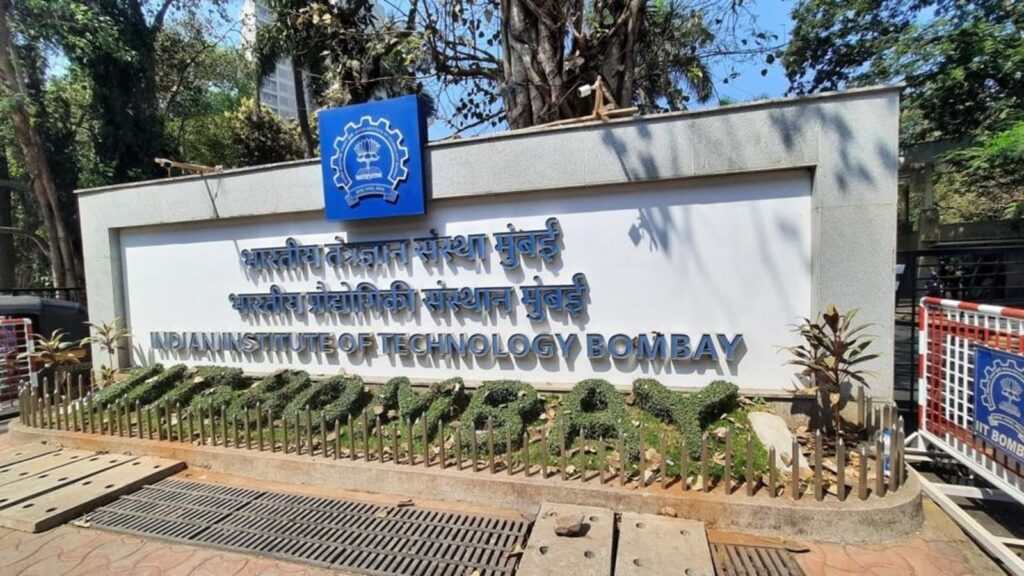They were India’s islands of excellence, set up in an infant country to prepare a generation for nation-building. Over time, they became notorious for their brain drain, and famous as CEO factories for multinational corporations. Yet, in recent years, various campuses of the Indian Institutes of Technology (IITs) have been in the news for a string of student suicides, sparking allegations ranging from caste-based discrimination, harassment by faculty and alienation. In March, the Union education ministry told Parliament that 33 students died by suicide at IITs since 2018, nearly half of them from marginalised communities. The latest tragic reminder came from IIT-Bombay when an 18-year-old Dalit student, Darshan Solanki, died by suicide. Beyond the immediate circumstances of the case, the death hinted at broader dynamics that need to be addressed. This week, the IIT council attempted to make a beginning, directing that institutes should have “zero tolerance” for discrimination and set up a robust support system. This could constitute a first step, but institutions that have shown themselves to be inured to bias and prejudice co-existing with academic work need a more structured response.
The first is to take strict action on complaints of caste bias, on the lines of guidelines that helped curb ragging and work against sexual harassment. This means not just the setting up of grievance redressal cells, but ensuring that they have real power. For example, cells for scheduled caste and scheduled tribe students have existed for years now, but with very little real power to catalyse change. The second priority has to be to dispel caste- or group-based attitudes among large peer groups, which often emanate from a sense of academic or social superiority. Institutionalise bridge courses for technical, linguistic and social education that can try to fill gaps in training. This will succeed only when they are integrated into the curricula, and not seen as an extra burden or a favour being done to some students. The third has to be a nurturing atmosphere, which can only happen when the campus is representative of the world outside its gates. Submissions in Parliament show people from marginalised communities make up a sliver of the total faculty intake, thereby depriving many students of mentors who can help and intervene in moments of distress or crisis.
Institutions, ultimately, are a reflection of the society they function in. But India’s premier campuses also have a higher purpose – of shaping a future generation of leaders who can sculpt a more equitable world. It is time that IITs live up to this pledge of providing equal opportunities, especially to its marginalised students.

